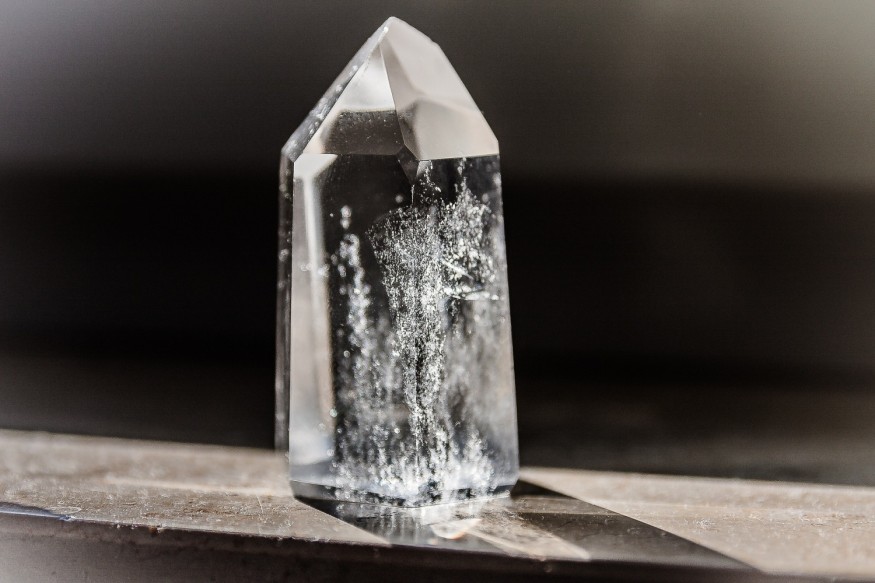
Crystal is one of the most beautiful elements on earth, and is well known as the jewelry that "sparkles." These amazing rock formations help to create a crystal industry worth nearly $40 billion.In fact, the value of crystal has grown steadily since 2016 according to studies.
Not only is there a market for jewelry and decor, but crystal is also used in technology. Over the years, it's been used to help create radios, watches, and most recently industrial tools for cutting.
But when most people think of crystal, they think of clear gray-colored quartz crystal. Genuine crystal is actually extremely rare and so many crystal jewels you see are man-made simulations.
This makes crystal mining a very valuable operation, and something worth researching as an investor.
In this article, we're going to consider some valuable information about crystal mining in the modern era.
How Crystals Are Formed
Crystal refers to a process as much as a particular element. According to Britannica, any solid material in which component atoms are arranged in a "pattern and whose surface regularity reflects internal symmetry" is a crystal.
The crystallization process is what gives crystal jewels their form. The element starts crudely, perhaps just as a puddle of mineral-rich water, or vapor, or even melted rock.
As more atoms join in, (usually from more vapor, or a solution of some kind) the crystal piece starts to grow in size. The various shapes come to us by way of unique temperatures and pressure in the atmosphere.
At some point, we mine and use that crystal, or the environment terminates the process.
But a crystal that's left untouched in a fostering environment? It could easily grow to 60 feet long and 20 feet wide - just like the famous beryl from Madagascar.
The growing process could last anywhere from a few days to thousands or even millions of years ago!
Crystal Mining
The rarity of true crystal no doubt sends people to the mines, eager to find genuine crystals from millennia ago. Underground mining is just as people might visualize it - digging tunnels and shafts underground to find buried ore deposits.
Open cast mining is a slightly different approach, one involving extracting gemstones from the ground by digging pits near the surface of the ground. There are also other ways to "mine crystal."
River digging involves collecting possible crystal specimens from rivers or lakes. The gemstones may be panned by hand, or a company may pay for dry digging, which involves blocking off the flow of a river using dams.
Deep sea mining is also an option, which involves going to the ocean floor and using a hydraulic suction system to extract gem findings under the sea.
Believe it or not, there are still rare crystals being discovered even in this day and age. Remember our story on the Musgravite? That crystal is worth $35,000 per carat!
Recognizing Quality Crystal
Recognizing quality crystal can be challenging since crystal can sometimes resemble regular glass. But there are a few ways to determine authenticity. You can run a "sound test" by tapping the gemstone and listening to the sound it makes. Crystal tends to ring, rather than "clink."
Real crystal also makes a very subtle "tone" when you run a wet finger over the rim. Visually, real crystal is smoother than fakes and contains imperfections. They also stay at a cool temperature and feel heavier than fakes.
Crystal also gives a "refraction" or prisma effect when held under light or sunlight. As a visual example, look at some of the unique crystal awards from Awards.com and see the difference.
Gifts in Crystal
The unique and rare qualities of authentic crystal are one reason these pieces still sell for a pretty penny today. Many people rely on crystal jewels or awards, or natural formations to express thanks, or love, or sweet sentiments.
Some people even believe crystal has special "healing" qualities and interacts with the person holding it. One thing's for sure - no one's ever disappointed to receive a gift in crystal!
© 2025 NatureWorldNews.com All rights reserved. Do not reproduce without permission.





